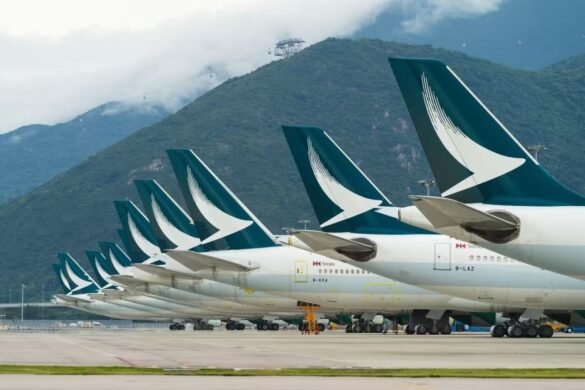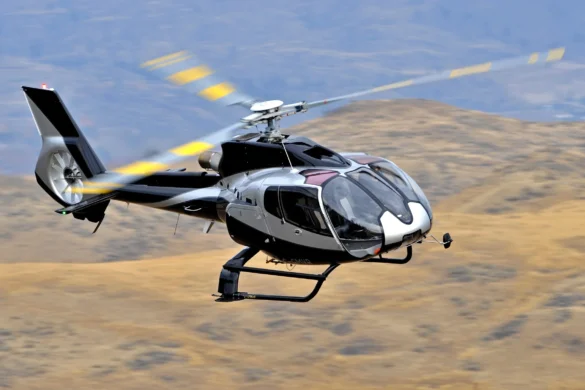Building a scale model of the Wright Cyclone 9 radial aircraft engine is a rewarding journey into aviation history and engineering. Developed in the 1930s, the Wright Cyclone 9 was a powerful nine-cylinder, air-cooled radial engine widely used in military and civilian aircraft during and after World War II. Its unique design allowed for efficient cooling and reliable performance, making it a significant choice among aviation enthusiasts.
To begin this project, selecting a quality model kit is essential. Numerous manufacturers offer various kits, each varying in scale, complexity, and detail. Look for one that includes detailed components like the crankcase, cylinders, and propeller. Additionally, a kit with clear instructions and reference materials will make the assembly process smoother.
Before diving into assembly, gather the necessary tools and materials. Essential tools include a hobby knife for precise cutting, tweezers for handling small parts, sanding sticks for smoothing edges, and a high-quality model adhesive. You’ll also need paints, brushes, and reference images of the actual Wright Cyclone 9 engine for guidance.
Start the assembly by carefully unboxing the kit and organizing the parts. Familiarize yourself with the instructions and study reference images to understand the engine’s layout and color scheme. Begin with the crankcase, the central part of the engine, carefully gluing together the main components. It’s crucial to ensure a tight fit while avoiding excess glue.
Next, attach the nine cylinders, which may be separate parts requiring precise alignment. Use a small amount of glue for each cylinder, making sure they are positioned accurately for authenticity. After assembling the primary components, focus on adding details like spark plugs and pushrods. This may involve additional painting or weathering techniques to replicate the look of the actual engine.
Once the assembly is complete, it’s time to paint the model. Use airbrushes or fine brushes for precision, typically applying a color scheme that features metallic silver, black, and shades of green or yellow for accents. Allow each paint layer to dry thoroughly before moving on to the next.
After painting, attach any remaining parts, such as the propeller and mounting brackets, ensuring everything is securely glued and positioned correctly. Some kits may include a display stand, enhancing the presentation of your finished model.
With the assembly and painting complete, consider adding weathering effects to achieve a more realistic appearance. Techniques like dry brushing, washes, and chipping can replicate the wear and tear seen on actual engines. Finally, apply a clear coat to protect the paint and enhance the overall finish.
Once your Wright Cyclone 9 radial engine model is complete, it’s time to display your work. Whether showcased on a shelf, in a glass case, or alongside other aviation models, the finished product represents not just a modeling achievement but also a tribute to a pivotal innovation in aviation history. This project not only provides an engaging hobby but also deepens one’s understanding of the engineering marvels that have shaped the skies.



